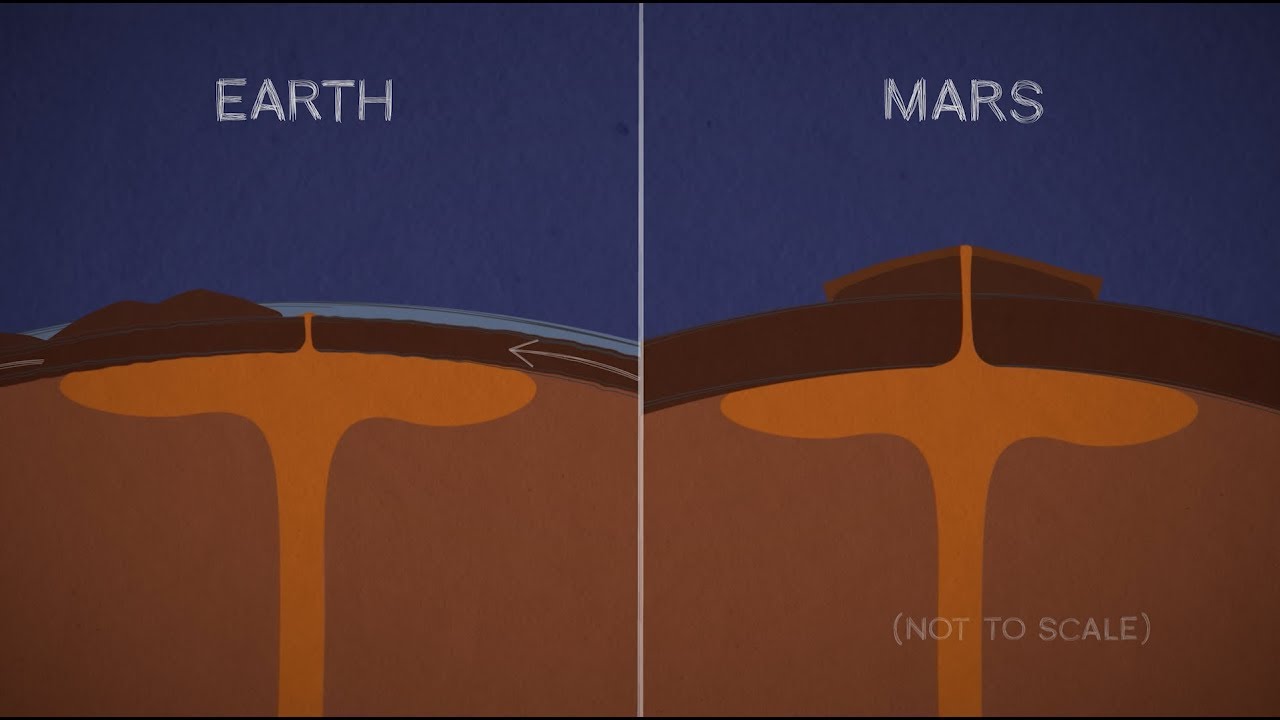NASA plans to send humans on a scientific round trip to Mars potentially as early as 2035. The trip will take about six to seven months each way and will cover up to 250 million miles (402 million kilometers) each way Earth
I’m an atmospheric scientist and former NASA researcher
Mars geology
Mars is an intriguing planet about 4.6 billion years ago same time that life formed on Earth abundant liquid water
While Mars’ surface is totally devoid of liquid water today, scientists have spotted evidence of those past lakes, rivers and even an ocean coastline on its surface. Its north and south poles are covered in frozen water, with a thin veneer of frozen carbon dioxide. At the south pole during the summer, the carbon dioxide veneer disappears, leaving the frozen water exposed.
Today, Mars’ atmosphere is very thin and about 95% carbon dioxide filled with atmospheric dust
Scientists know quite a bit about the planet’s surface from sending robotic missions, but there are still many interesting geologic features to investigate more closely. These features could tell researchers more about the solar system’s formation.
The northern and southern hemispheres of Mars look very different. About one-third of the surface of Mars – mostly in its northern hemisphere – is 2 to 4 miles (3.2-6.4 kilometers) lower in elevation, called the northern lowlands the southern highlands very old craters
Mars also has the largest volcanoes that scientists have observed solar system deep craters asteroid VIDEO
Asking the right questions
NASA formed a panel called the Human Exploration of Mars Science Analysis Group to plan the future mission. I co-chaired the panel, with NASA scientist James B. Garvin, to develop and assess the key scientific questions about Mars
The panel came up with recommendations for several important scientific questions for human investigation on Mars.
One question asks whether there’s life on the planet today. Remember, life on Earth formed about 3.8 billion years ago, when Earth and Mars were similar-looking planets that both had abundant liquid water and Mars had a denser atmosphere.
Another question asks what sort of environmental changes led Mars to lose the widespread, plentiful liquid water on its surface, as well as some of its atmosphere.
These questions, alongside other recommendations from the panel, made it into NASA’s architectural plan for sending humans to Mars
How do you get to Mars?
To send people to Mars and return them safely to Earth, NASA has developed a new, very powerful launch vehicle called the Space Launch System Orion .
To prepare and train astronauts for living on and exploring Mars, NASA established a new program to return humans to the Moon Artemis program
In mythology, Artemis was Apollo’s twin sister the Moon time VIDEO The Space Launch System and Orion
Artemis I splashed back down to Earth on Dec. 11, 2022, after its 1.4 million-mile (2.2 million-kilometer) maiden journey.
Artemis III scheduled for 2026 large deposits of subsurface water
Since the Moon is a mere 240,000 miles (386,000 km) from Earth Artemis program





